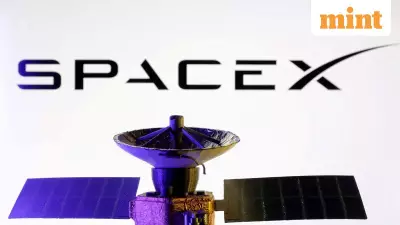
India's groundbreaking Unified Payments Interface (UPI) has not just transformed digital payments—it's now poised to revolutionize an entirely different sector: energy. According to Sujith Nair, Co-founder of FIDE, the architectural brilliance behind UPI holds the key to solving India's complex energy challenges.
The UPI Success Story: More Than Just Payments
UPI's journey from innovative concept to global payments powerhouse has been nothing short of remarkable. Processing over 11 billion transactions monthly, the platform has demonstrated scalability, security, and accessibility that few digital infrastructures can match. But what makes this model particularly compelling is its potential application beyond financial transactions.
Energy Sector Transformation: The UPI Way
Sujith Nair envisions applying UPI's core principles to create a decentralized, interoperable energy ecosystem. Imagine a future where:
- Peer-to-peer energy trading becomes as seamless as sending money via UPI
- Renewable energy producers can directly connect with consumers
- Smart grids communicate and transact autonomously
- Energy distribution becomes more efficient and cost-effective
Building Blocks for Energy UPI
The proposed energy model would leverage similar foundational elements that made UPI successful:
- Interoperability: Different energy systems communicating seamlessly
- Decentralization: Reducing reliance on centralized power distribution
- Real-time processing: Instant energy transactions and settlements
- Accessibility: Democratizing energy access across urban and rural India
Challenges and Opportunities
While the vision is compelling, implementing a UPI-like model in energy presents unique challenges. The physical infrastructure requirements, regulatory frameworks, and technological integration pose significant hurdles. However, the potential benefits—reduced transmission losses, better renewable energy integration, and improved grid reliability—make this exploration crucial for India's energy future.
The Road Ahead
As India continues to expand its renewable energy capacity and digital infrastructure, the convergence of these sectors could create unprecedented opportunities. The UPI model provides a proven template for building scalable, secure systems that can handle massive transaction volumes—exactly what a modern energy grid requires.
The energy sector stands at the brink of a digital transformation, and India's UPI success story might just provide the blueprint for a more efficient, accessible, and sustainable power ecosystem for generations to come.





